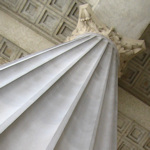
When is an ancient-looking building not so old? When historicism influenced the architect, as was the case for some of Vienna’s more famous sites.
- Many prominent buildings date back to the late 1800s, despite how they look
- The counterreaction to historicism helped lead to modernist approaches around 1900
- Those buildings still look great, though!
- …and Vienna has plenty of genuinely old buildings
- Take a historical walking tour* of Vienna
- See also:
What is historicism?
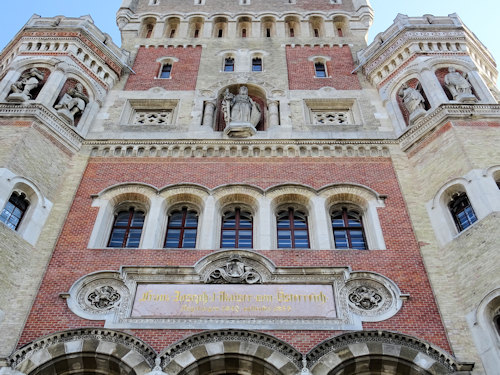
(The Heeresgeschichtliches Museum, built in the 1850s but drawing on Byzantine, Moorish, and Gothic architectural styles)
In its wider sense, historicism refers to an approach to art, design and architecture that draws inspiration from the styles of the past or, taken to its extreme, simply seeks to reproduce them.
You might be familiar with historicism approaches in architecture.
For example, the British Museum in London follows a neoclassical approach. Although built in the early 19th century, it draws heavily on a style you associate with ancient Greece or Rome.
The same might be said about the White House in Washington DC, built in the late 18th century.
Why is it important?
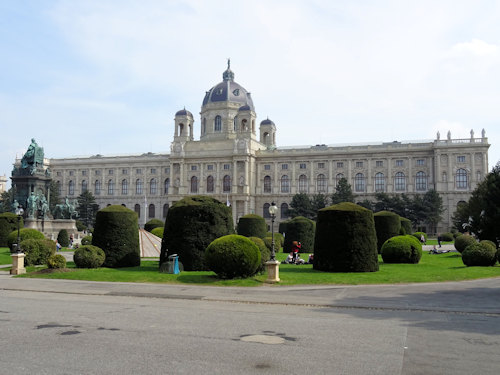
(The Renaissance-style Kunsthistorisches Museum on Maria-Theresien-Platz, completed in 1891)
Vienna has its fair share of truly old buildings. For example, parts of Stephansdom cathedral date back to the 1200s. The Ruprechtskirche church is even older.
Thanks to the practice of historicism, though, some of the city’s apparently old buildings aren’t quite as old as they might seem to the casual observer .
In Vienna, the peak of historicism’s popularity coincided with the period of massive reconstruction that took place in the second half of the 19th century.
The city demolished its outer fortifications and opened the land and its environs up for development either side of a huge new boulevard (today’s Ring).
Many of the famous municipal buildings alongside this Ring, as well as various residential properties built by aristocrats and industrialists, mimic much older architectural approaches.

(Construction of the Kunsthistorisches and Naturhistorisches museums in 1881; image by the Michael Frankenstein & Comp. photo studio; Wien Museum Inv.-Nr. 78079/1212/2; excerpt reproduced with permission under the terms of the CC0 licence)
So historicism influenced the cityscape significantly in these areas of urban development.
Perhaps more importantly, though, historicism eventually provoked an inevitable countermovement among more progressive architects and others of that ilk.
This reaction contributed to the remarkable period of artistic, cultural, and intellectual creativity we know as Vienna modernism.
Where to learn more
Historicism is best experienced on site. Just about every prominent building you find along the Ring, for example, went up after 1850 but looks considerably older. Some of the more famous examples are:
The Votivkirche
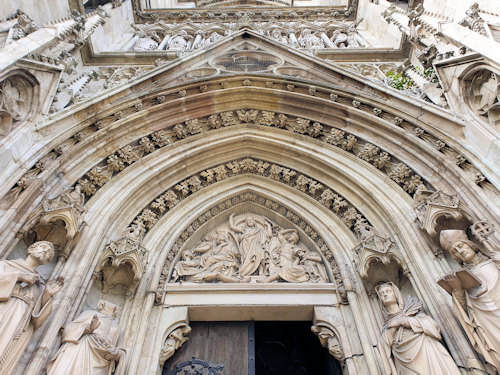
(The west portal)
Visitors often assume the Votivkirche is a well-preserved medieval cathedral, thanks to the characteristic Gothic looks you associate with places such as Canterbury cathedral. They completed it in 1879.
Staatsoper
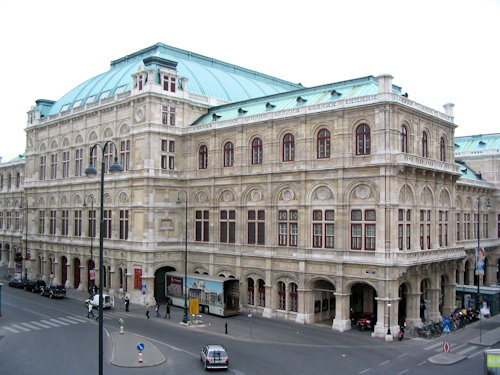
(View of the rear of the opera house)
The magnificent Staatsoper was one of the first buildings to emerge along the Ring back in 1869. The design mirrors Baroque or renaissance architecture.
Rathaus
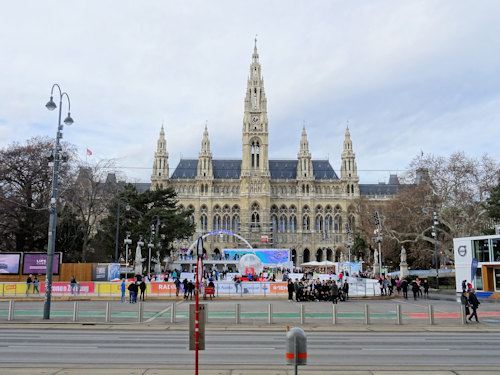
(The square in front is a common event venue)
The city hall building looms over the square that hosts such wonders as the city’s biggest Christmas market. The impression is of a Gothic giant, all stone towers, pointed arches and geometric patterns above the windows. It went up in 1883.
Parlament
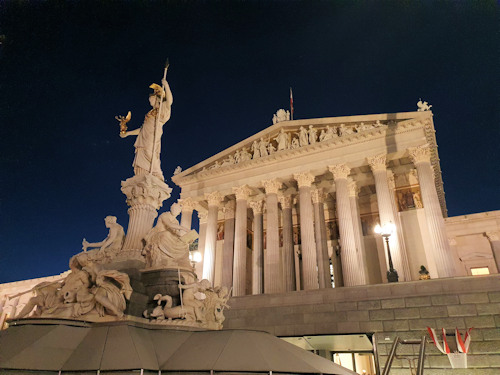
(The parliament building reopened in 2023 after a long period of renovation)
The official (and working) parliament building draws a clear line to the origins of democracy in its architecture.
This 1880s building has an obvious Hellenic style with its simple columns and abundance of Greek statues; that’s Athena dominating the fountain outside the front.
Take the parliament tour to see how historicism looks inside. Everything is in pristine condition thanks to a complete refurbishment in the early 2020s.
And beyond architecture?
Additionally, you can witness the gradual fall of historicism (or at least traditional approaches) and the rise of modernist approaches in art, for example, when you view museums and galleries with works by the likes of Gustav Klimt.
Try, for example, the permanent collections at Upper Belvedere or in the Leopold Museum. And look out for suitable special art exhibitions throughout the year.